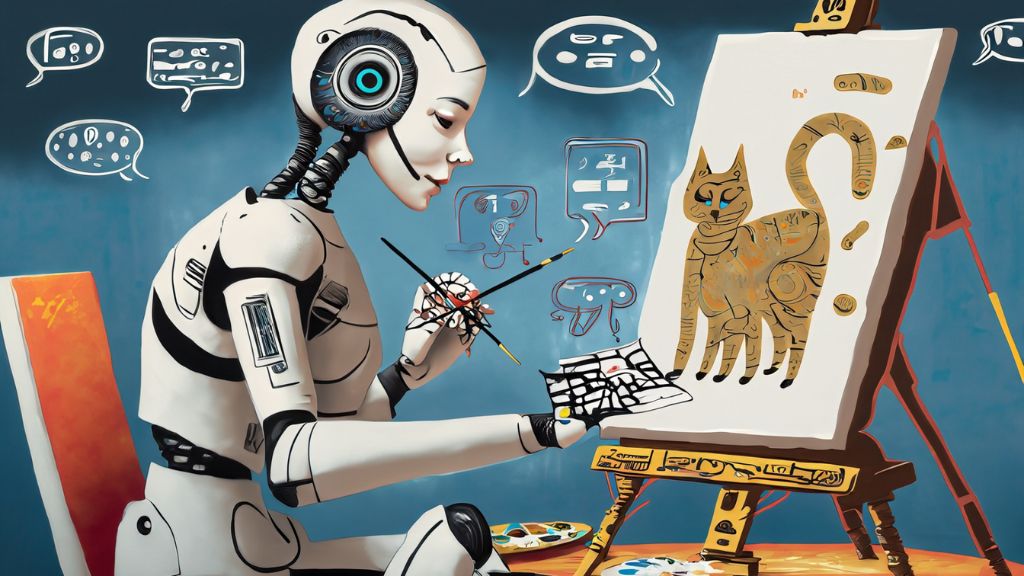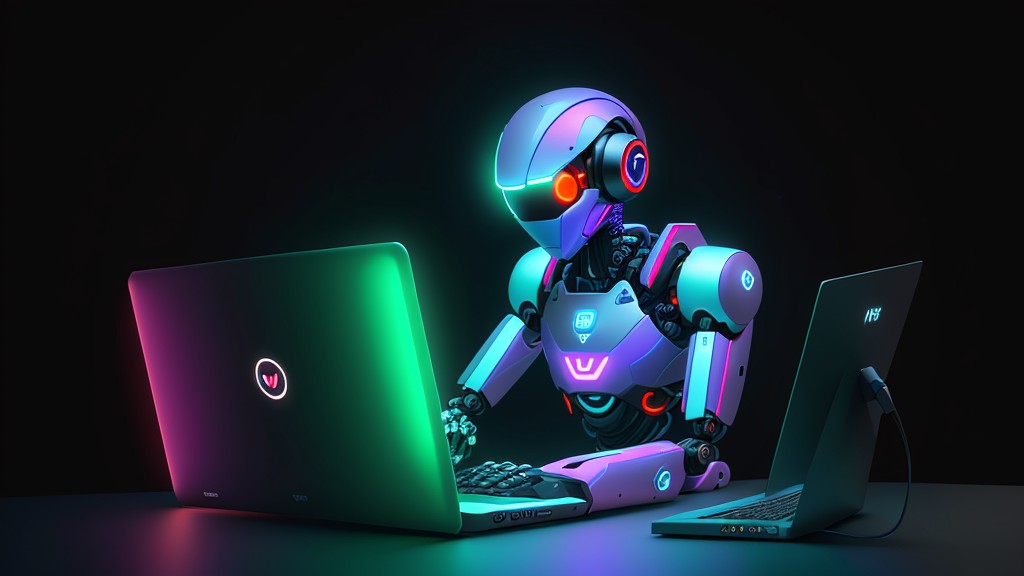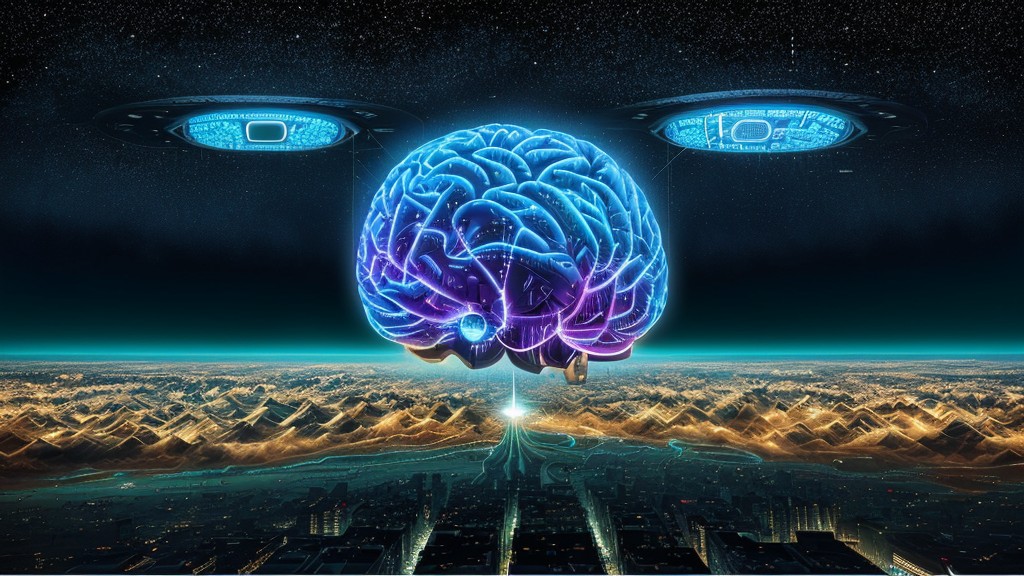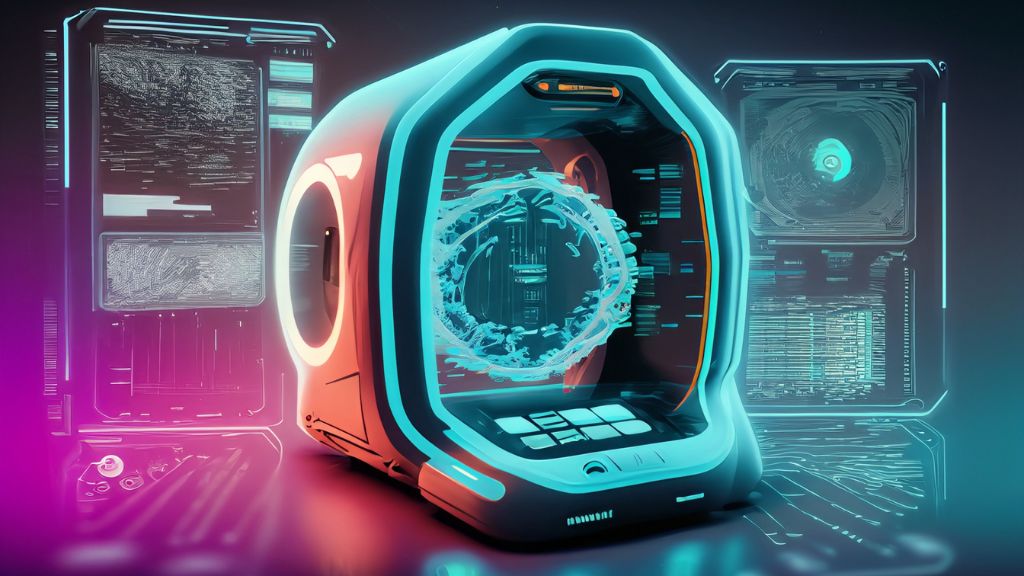
Artificial Intellect Meets Fine Art Ameca the Humanoid Robot is Painting the Future of AI

Artificial Intellect Meets Fine Art Ameca the Humanoid Robot is Painting the Future of AI
When one thinks about a robot, the picture of a machine performing industrial tasks may instantly come to mind. But what if we could tell you that a robot could also be an artist? Engineered Arts has set out to prove that AI has the potential to not only mimic human abilities but also reflect human creativity. Their humanoid robot, Ameca, is making waves with its unique talent – the ability to imagine and draw!
AI enthusiasts have long dreamt of a world where robots could reproduce and even transcend human creativity. With Ameca, this dream seems to be taking its first, significant strides toward becoming a reality. Using a deep learning model named Stable Diffusion and the prodigious language processing capabilities of OpenAI’s GPT-3, Ameca has successfully acquired the ability to produce drawings from its ‘imagination.’
Initially developed in 2021, Ameca has made leaps and bounds in its advancement. The humanoid is equipped with an array of cameras and microphones, and armed with facial recognition software. But what brings it eerily close to human interactions is its motorized articulation in the arms, fingers, and neck, along with its aptitude for language processing. Combining the power of GPT-3 and human telepresence, Ameca can engage in conversations and react to environmental cues just like a human.
However, the excitement doesn’t stop there! The most recent development in Ameca’s journey has brought it into the world of art and creativity. This talented bot can draw anything from a simple cat to producing autographed pieces of art. While Ameca’s drawings might not give Picasso a run for his money just yet, its capabilities are a testimony to the extraordinary pace of advancements in AI and robotics.
The role of AI in creative expressions such as drawing stirs up a fascinating conversation. It challenges our perception of creativity, usually thought to be an inherently human trait. As the lines between man and machine blur, we are compelled to redefine our understanding of creativity, innovation, and indeed, our very definition of what it means to be human.
The future of humanoid robots like Ameca is an intriguing prospect. Are we on the verge of a new age where robots could be our partners in creativity? Could they become our companions, coworkers, or even rivals in various aspects of life?
As we witness the rise of AI-powered humanoids like Ameca, it’s clear that we’re only at the dawn of this exciting journey. The future, undoubtedly, holds many more astonishing breakthroughs in AI and robotics that will continue to challenge our understanding of technology’s potential and its role in our lives.





